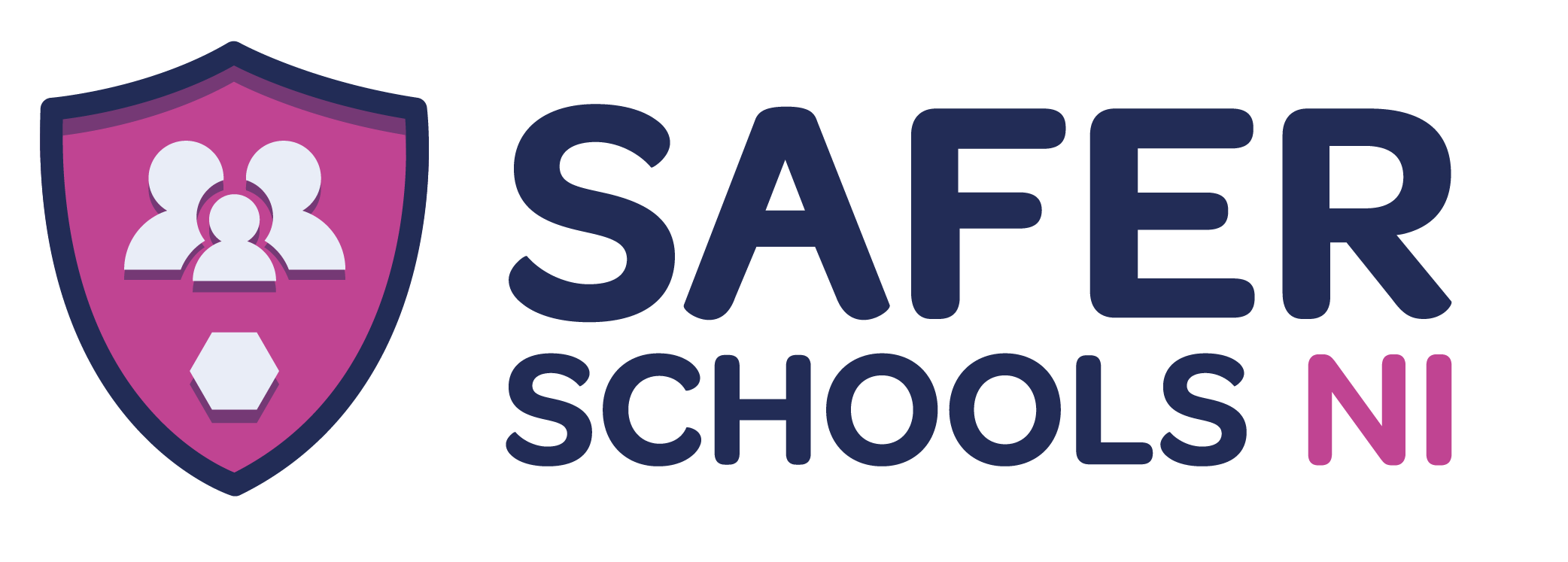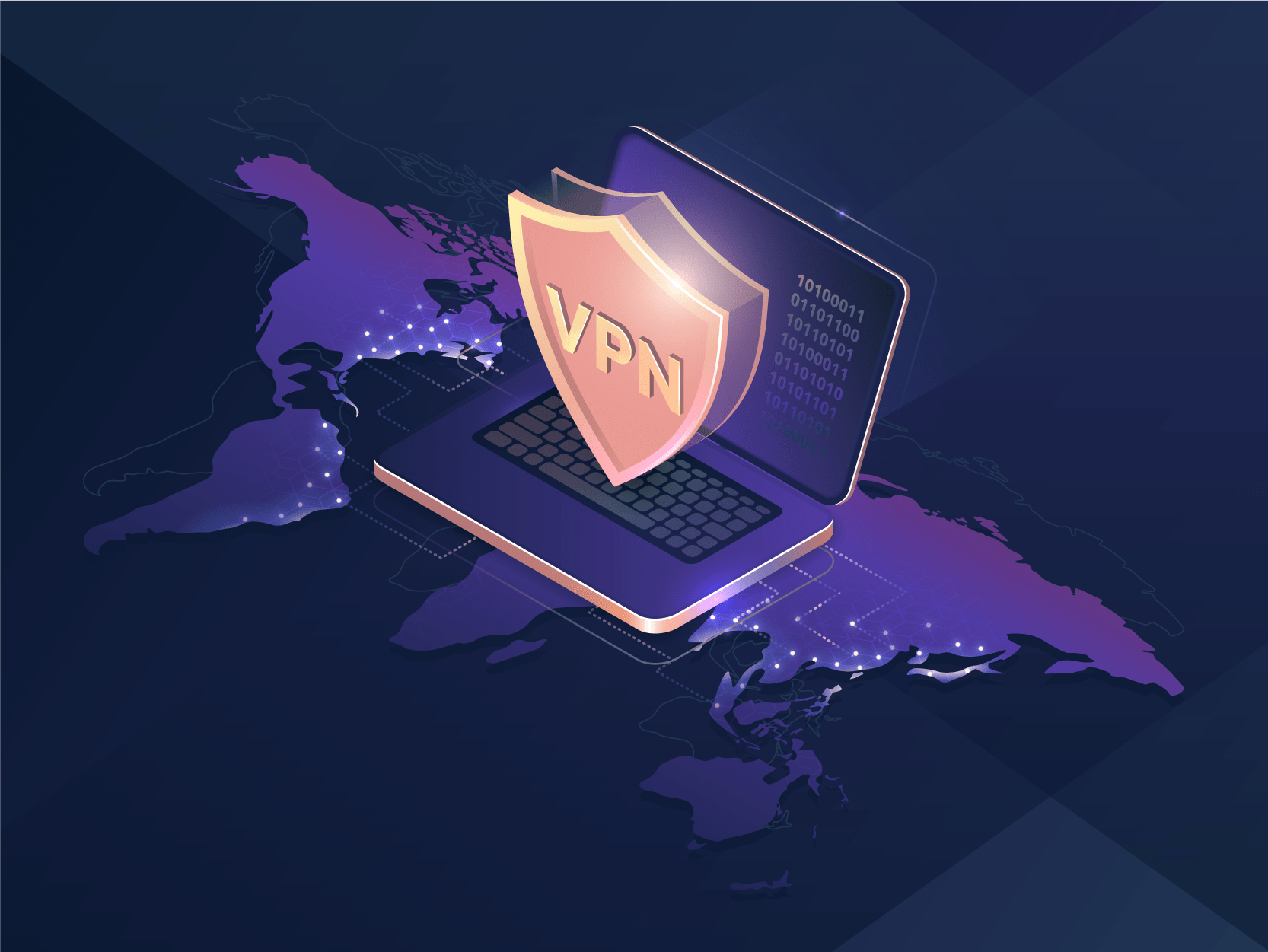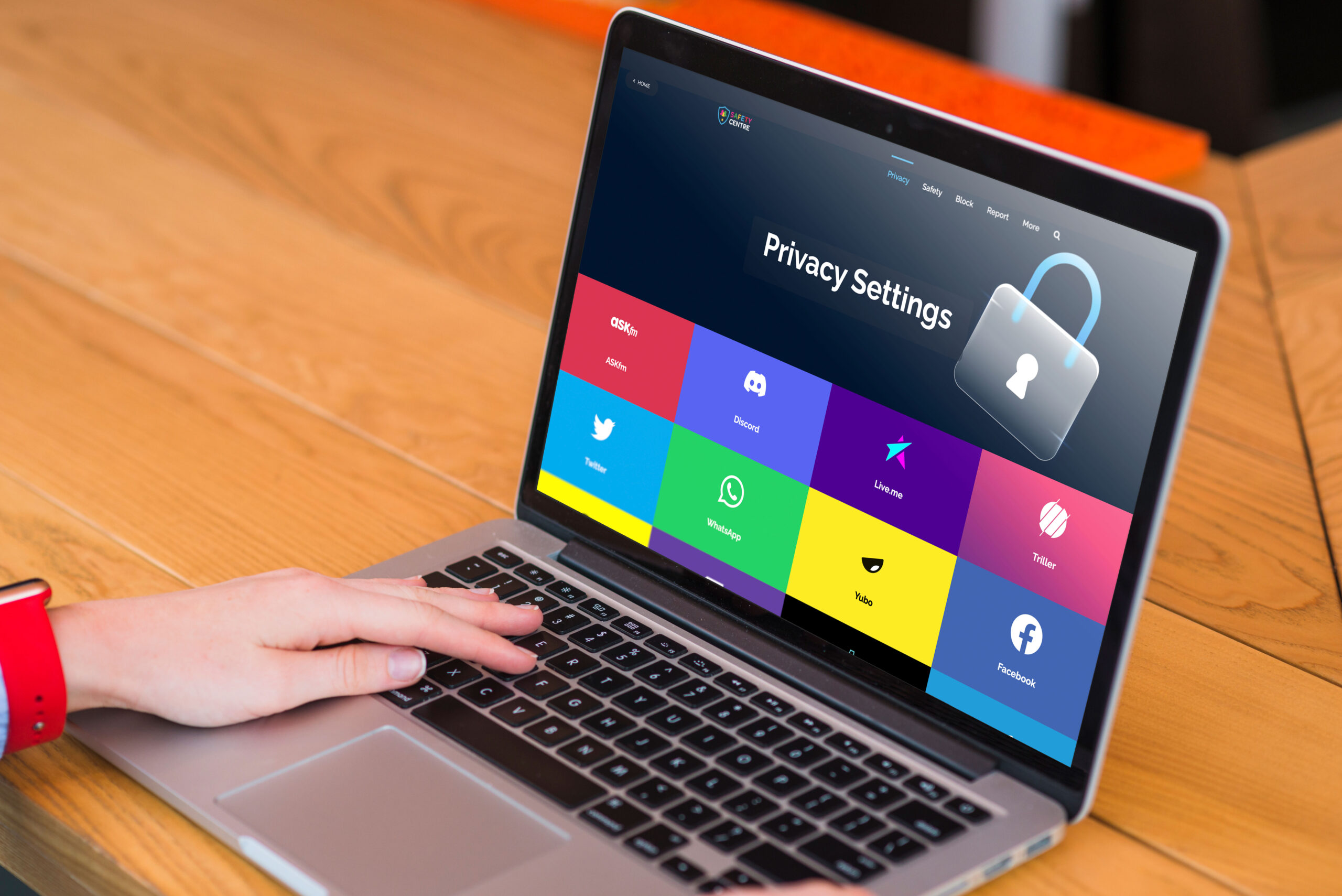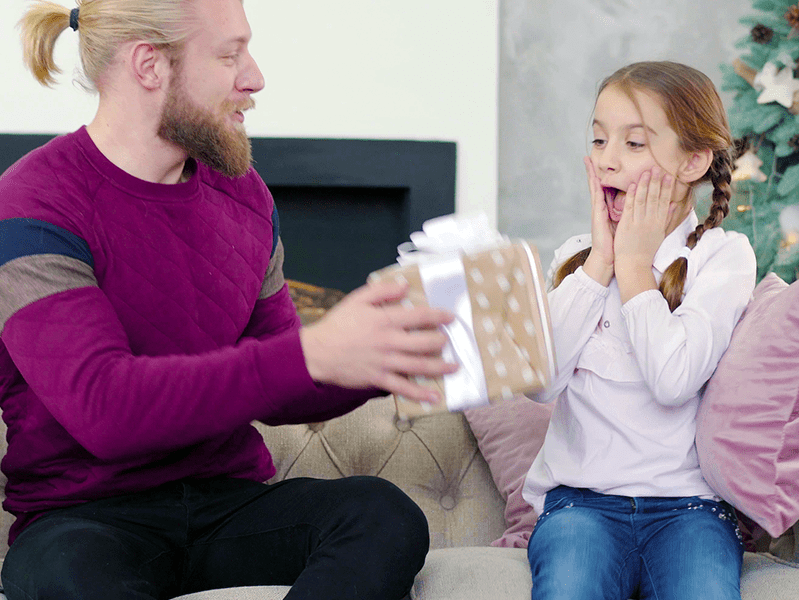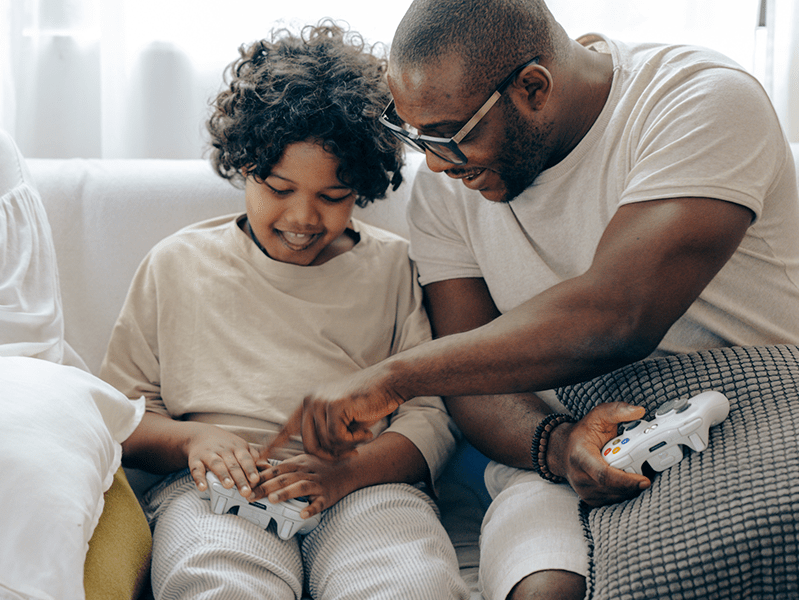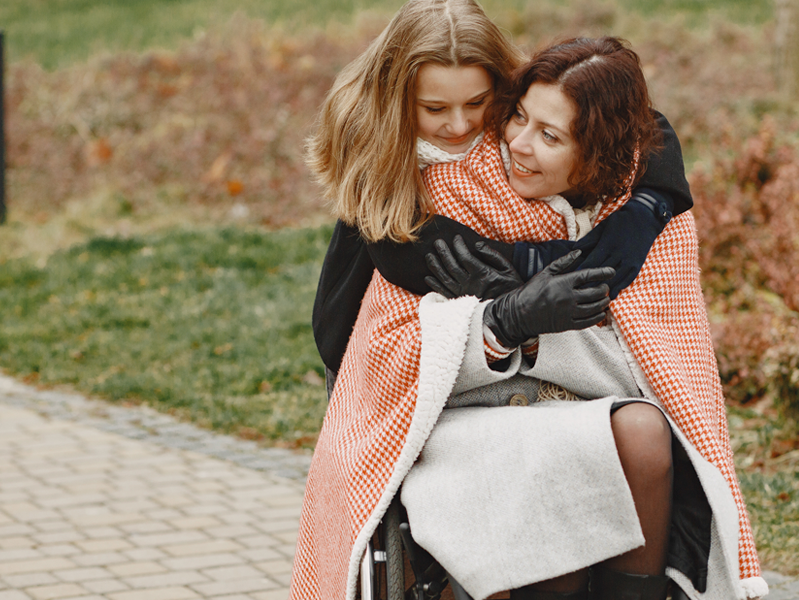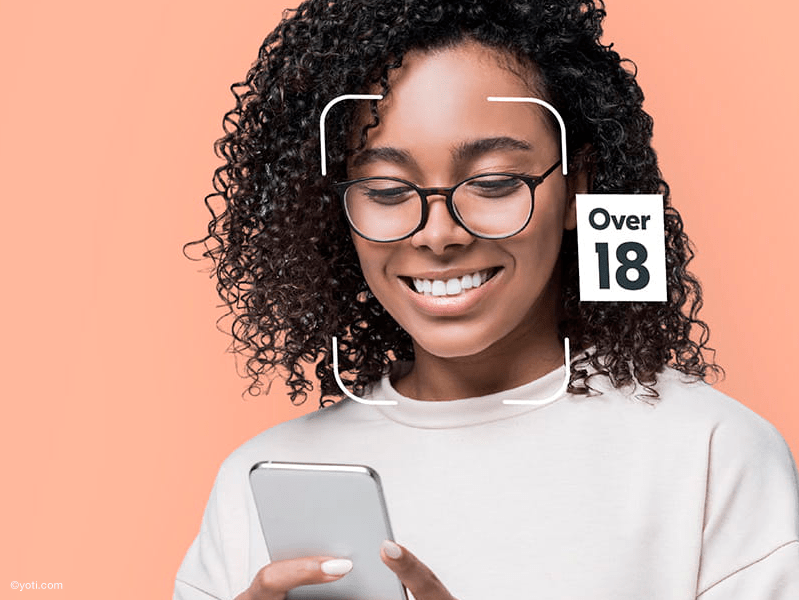Last Updated on 18th December 2025
Reading Time: 6.5 mins
September 5, 2025
We are frequently being introduced to apps and new features that promise to help keep you more connected to others – one of them being Discord. You may have already heard of this popular platform, but what is it?
While Discord offers a range of features that encourage connection and creativity, it’s important for parents to understand how the platform works and what potential risks it may pose. From private messaging and voice chats to open communities called ‘servers’, Discord can expose children and young people to unmoderated content, inappropriate behaviour, or contact with strangers. This article will guide you through the basics of Discord, highlight key safety concerns, and offer practical tips to help you keep your child’s experience safer.

How Does it Work?
Discord uses servers to connect people and all users can create their own server for free. Servers are based on individual topics or interests, such as specific games, TV shows or sports teams. They can be public, with anyone able to join, or private, which requires an invite to the server from a server admin.
Once granted access to a server, users can participate in an open chat with others from all over the world. Text, video, and voice chat options are available, with limitations on how many people can join in. Many young people use the ‘screenshare’ option to communicate with each other while watching films, playing multiplayer video games, or watching sport matches. There are private chat options available as well.

©Discord: Blurred screen showing the Discord desktop view
Age Restrictions
Discord’s Terms of Service require users to be 13+ to use the platform. Previously, it was relatively easy for a child to bypass this using a fake age, however new age verification measures have been imposed by Discord to comply with the Online Safety Act in the UK.
Safety Settings
Discord offer specific safety settings for under 18 users, aiming to protect children and young people from potential harms through various safety features.
What Are the Risks?
While Discord can be a fun and engaging way for young people to stay connected, it’s important for parents to be aware of the potential risks that come with using the platform. Understanding these risks is the first step in helping the child in your care navigate the platform responsibly, which ultimately will keep them safer.
Our Top Tips
Have Open Conversations
Take time with the child or young person to talk about their online habits in a positive environment that is free from judgement. Ask open-ended questions like, “why do you like using Discord?” or “what sort of content do you like seeing?”. This will encourage them to be more honest about their habits and come to you if they have questions.
Ensure they know who their trusted adults are if they need to discuss something they have seen online that is harmful or has made them uncomfortable.
Utilise Parental Controls Effectively
Make use of the safety features to take the essential steps towards making the online experience safer for children and young people. Discuss with the child or young person why you have chosen the selected restrictions and come to an agreement as this will help them feel involved and in control. If they feel that you have breached their privacy and taken over their account without consent, it may lead them to lie about their online habits.
As the child or young person gets older, you may wish to alter the restrictions, so review them frequently.
Further Resources
Join our Safeguarding Hub Newsletter Network
Members of our network receive weekly updates on the trends, risks and threats to children and young people online.
